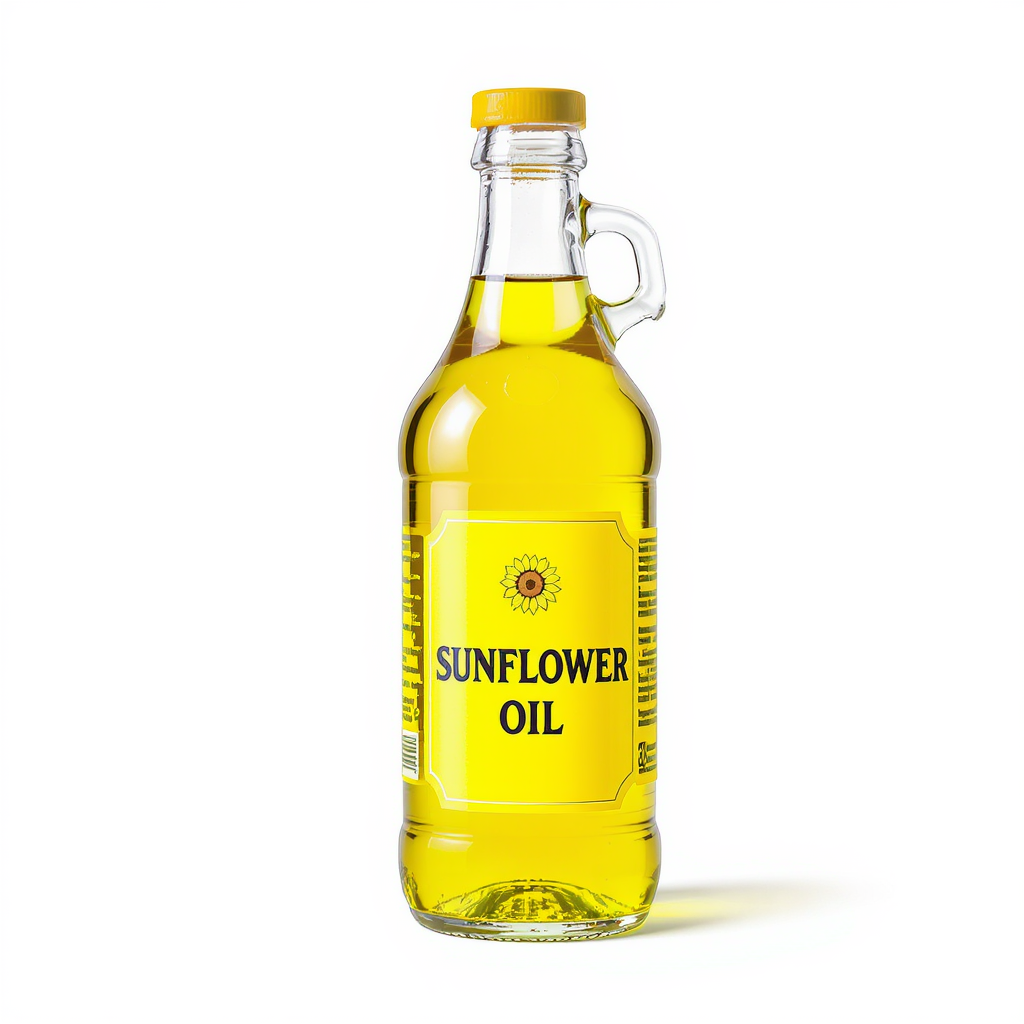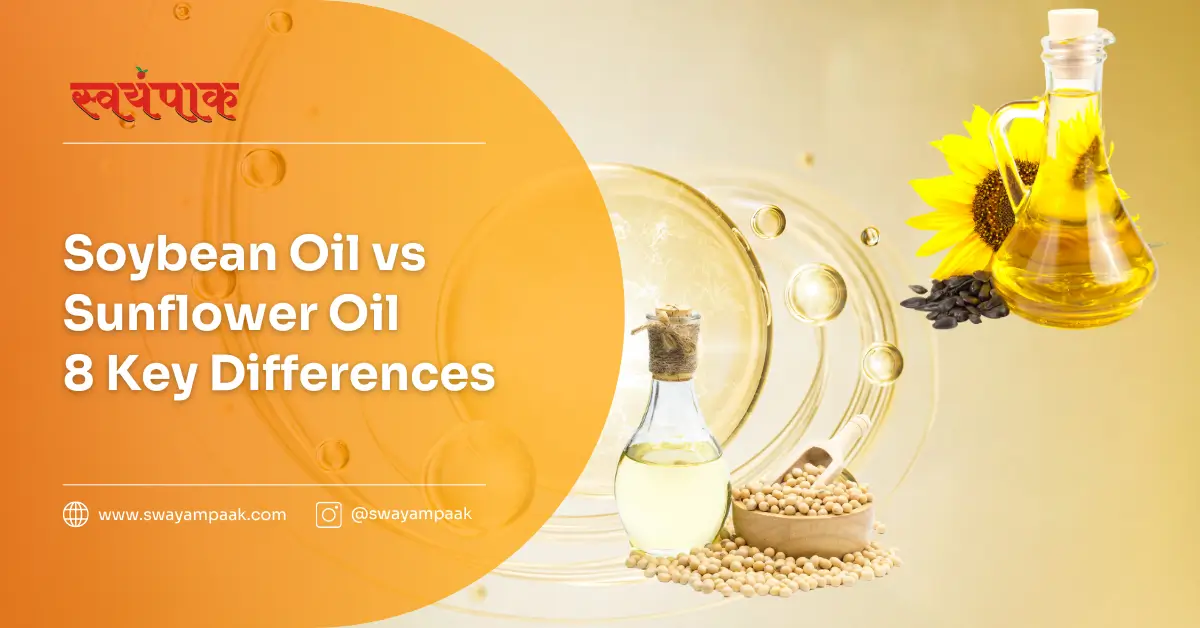Choosing the right cooking oil can transform your culinary experience, but with so many options available, the decision between soybean oil and sunflower oil often leaves home cooks confused. Both oils dominate Indian kitchens and international cuisines, yet they serve different purposes and offer unique benefits.
Whether you’re deep-frying crispy pakoras, preparing heart-healthy salad dressings, or sautéing vegetables for a weeknight dinner, understanding the key differences between soybean oil vs sunflower oil will help you make informed choices that enhance both flavour and nutrition.
In this comprehensive comparison of Soybean oil vs Sunflower Oil, we’ll explore smoke points, nutritional profiles, cooking applications, and health benefits to help you determine which oil deserves a permanent spot in your kitchen cabinet.
- Quick Comparison: Soybean Oil vs Sunflower Oil
- Cooking Oil Comparison Guide
- Smoke Point Showdown: Soybean Oil vs Sunflower Oil
- Flavour Face-Off: Neutral vs Subtle Enhancement
- Nutritional Showdown: Health Benefits for Indian Families
- Regional Preferences and Cultural Significance
- Cost Analysis: Budget Impact for Indian Households
- Storage and Shelf Life in the Indian Climate
- Popular Indian Brands and Quality Considerations
- Cooking Applications: Perfect Matches for Indian Dishes
- The Verdict: Choosing Your Kitchen Champion
- Conclusion
- Frequently Asked Questions
Quick Comparison: Soybean Oil vs Sunflower Oil
Cooking Oil Comparison Guide

Soybean Oil
Traditional Choice
Sunflower Oil
Modern Favorite| Feature | Soybean Oil | Sunflower Oil |
|---|---|---|
| Smoke Point | 234°C (453°F) | 227°C (440°F) |
| Flavour Profile | Neutral to mildly nutty | Completely neutral |
| Best For | Rotis, marinades, medium-heat curries | Deep frying, pakoras, high-heat tadka |
| Vitamin E Content | High | Very high |
| Average Price (India) | ₹120-150/litre | ₹150-200/litre |
| Shelf Life | 12-18 months | 18-24 months |
| Origin | Soybeans | Sunflower seeds |
| Regional Preference | North & East India | South & West India |
Tip: Soybean oil is better for medium-heat cooking while sunflower oil excels in high-heat applications.


